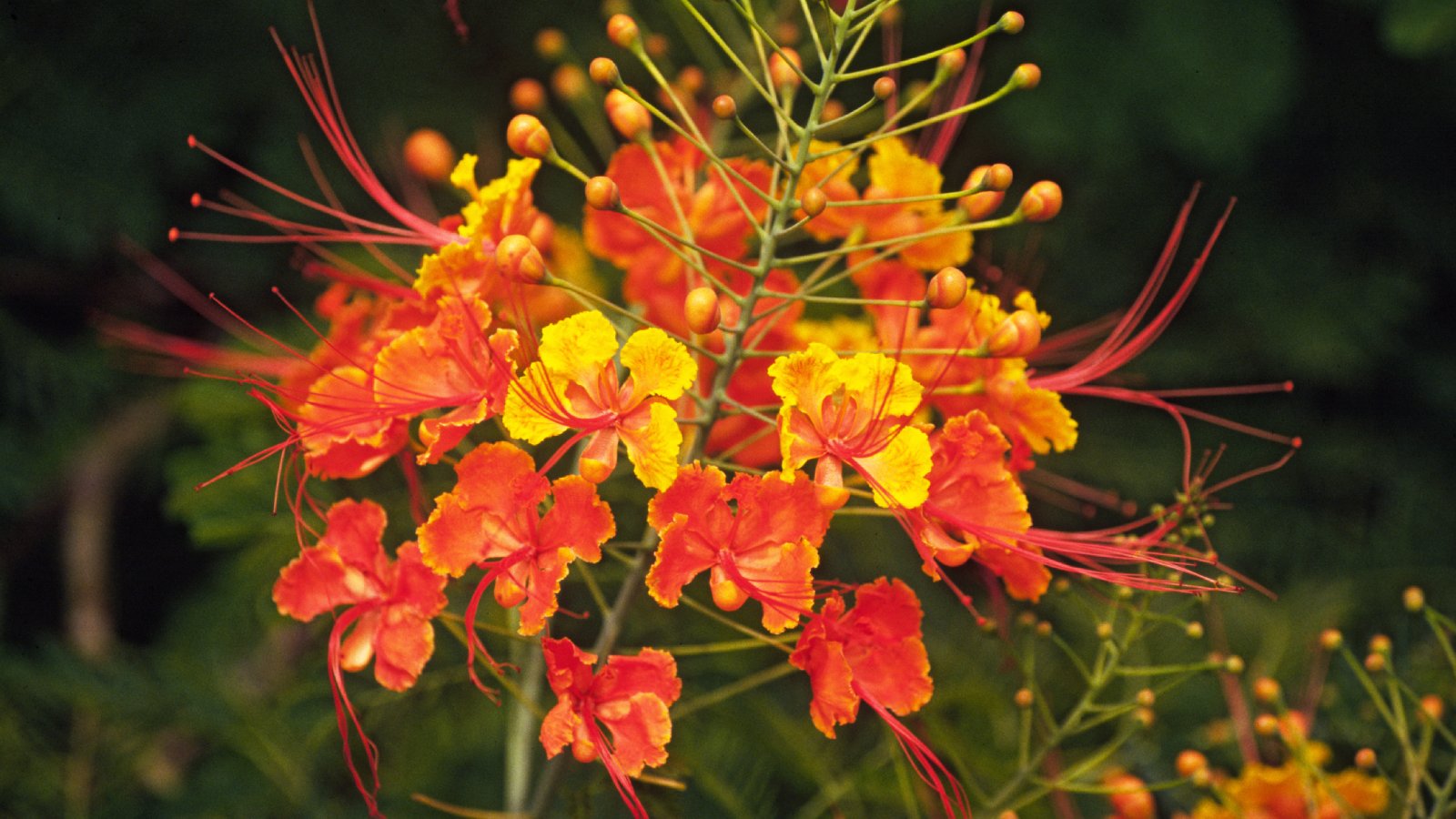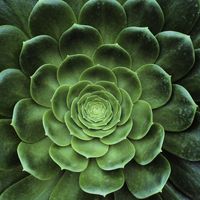Potted Mexican Bird Of Paradise: Growing Mexican Bird Of Paradise In Containers


Mexican bird of paradise (Caesalpinia mexicana) is a spectacular plant that produces clusters of crinkly, bowl-shaped flowers of vibrant red, yellow, and orange. The fading blooms are replaced by bean-shaped green pods that turn red and eventually a shiny brown.
Growing Mexican bird of paradise in a pot is relatively simple, as long as you can provide plenty of warmth and sunlight. Read on for information on growing potted Mexican bird of paradise.
Growing Mexican Bird of Paradise in Containers
The flower is suitable for growing in zones 8 and above; however, the plant will die down during the winter in zones 8 and 9. If you live in a northern climate, your best bet is to grow Mexican bird of paradise in planters and bring the plant indoors when temperatures drop in fall.
Well-drained soil is critical for growing this plant in a container. Although the plant is disease-resistant, it is prone to rot in soggy conditions. Fill a container with a mixture such as regular potting mix combined with sand or perlite. Be sure the container has a drainage hole in the bottom.
Use a sturdy pot such as terra cotta. Mexican bird of paradise grows relatively quickly and can tip or blow over in a lightweight container. If the container is large, you may want to put it on a rolling platform.
Place the plant outdoors in a warm, sunny spot during the warm weather months. Bring the plant indoors well before the first frost in fall and put it near your sunniest window. Mexican bird of paradise in containers prefers nighttime temps at least 50 F. (10 C.) and 70 F. (21 C.) or higher during the day.
Keep in mind that the plant may drop many of its leaves during the winter, especially without bright sunlight. This is normal when low light triggers a period of semi-dormancy. Water moderately during the growing season. Never allow the soil to remain soggy and never let the container stand in water. Water sparingly during the winter months.
Sign up for the Gardening Know How newsletter today and receive a free copy of our e-book "How to Grow Delicious Tomatoes".
Mexican bird of paradise needs regular fertilization to support heavy blooming. Feed the plant every few months, using a time-released fertilizer, then supplement with a weak solution of water-soluble fertilizer every other week. Fertilize very lightly during the winter, or not at all.
The plant develops from rhizomes that multiply from year to year and blooms best when it’s slightly crowded. Repot to a slightly larger pot only when absolutely necessary.

A Credentialed Garden Writer, Mary H. Dyer was with Gardening Know How in the very beginning, publishing articles as early as 2007.